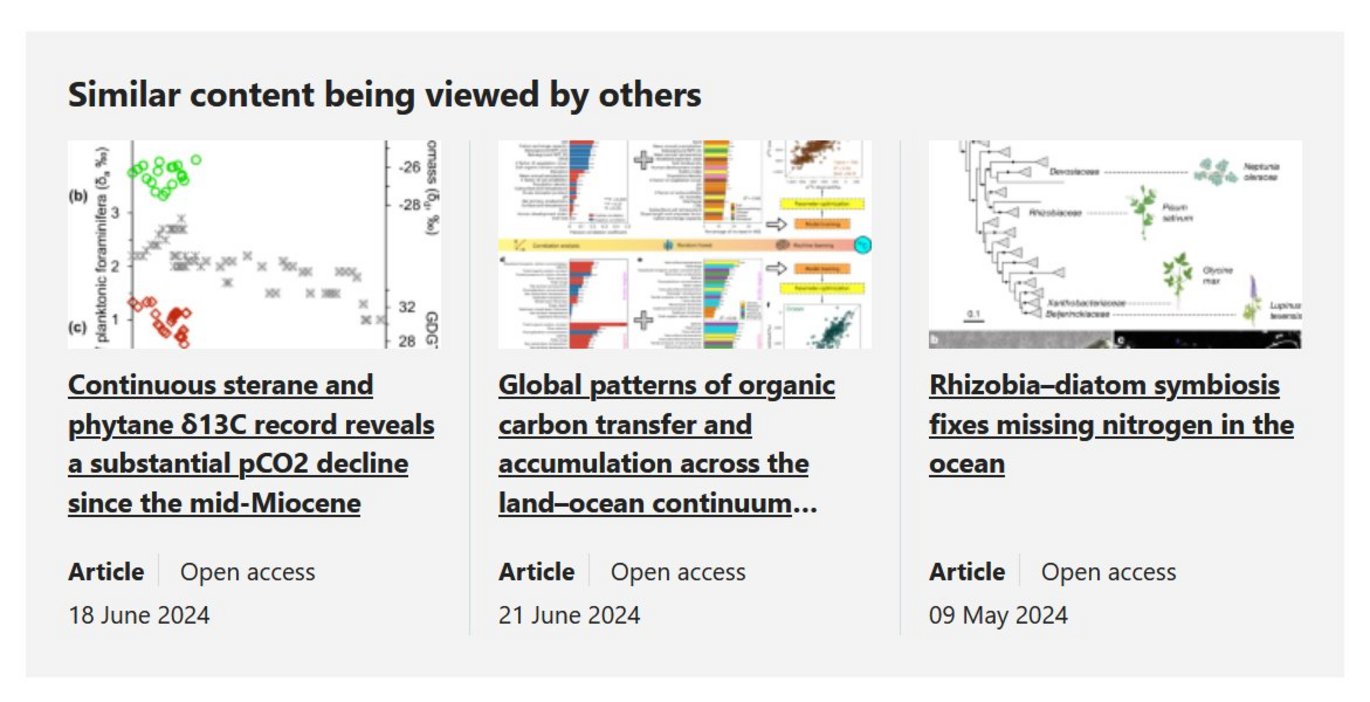High rates of marine organic carbon burial on the southwest Greenland margin induced by Neoglacial advances
New publication by Yunfeng Wang, Yves Gélinas, Anne de Vernal, Alfonso O. Mucci, Estelle Allan, Marit Solveig Seidenkrantz, Peter M.J. Douglas

Abstract:
Marine sediments in glacially-carved fjords at high latitudes feature high organic carbon (OC) burial rates, but there are fewer data on the role of glacial activity on high-latitude OC burial rates outside of fjords. Here, we investigate the relationship between sediment OC burial rates in the deep troughs and basins of the southwest Greenland shelf and Holocene glacial dynamics. Since the onset of prominent Neoglacial advances ~2500 years ago, the nature of the OC buried in the deep troughs and basins of the shelf was influenced by the glacier-driven increase in sediment accumulation rates (SAR), reactive iron (oxyhydr)oxide concentrations and fine-grain sediment, while OC burial rates were primarily enhanced by increasing SAR. Peak OC burial rates (~18.5 ± 5.7 g m−2 a−1) in the deep troughs and basins of the shelf during the past ~1300 years are comparable to those of many high-latitude fjords, and the inferred total annual OC burial in these trough and basin areas is equivalent to ~5% of the annual CO2 uptake by the Labrador Sea deep convection.
